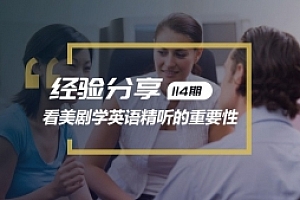带你闪 | 英文如何精读?
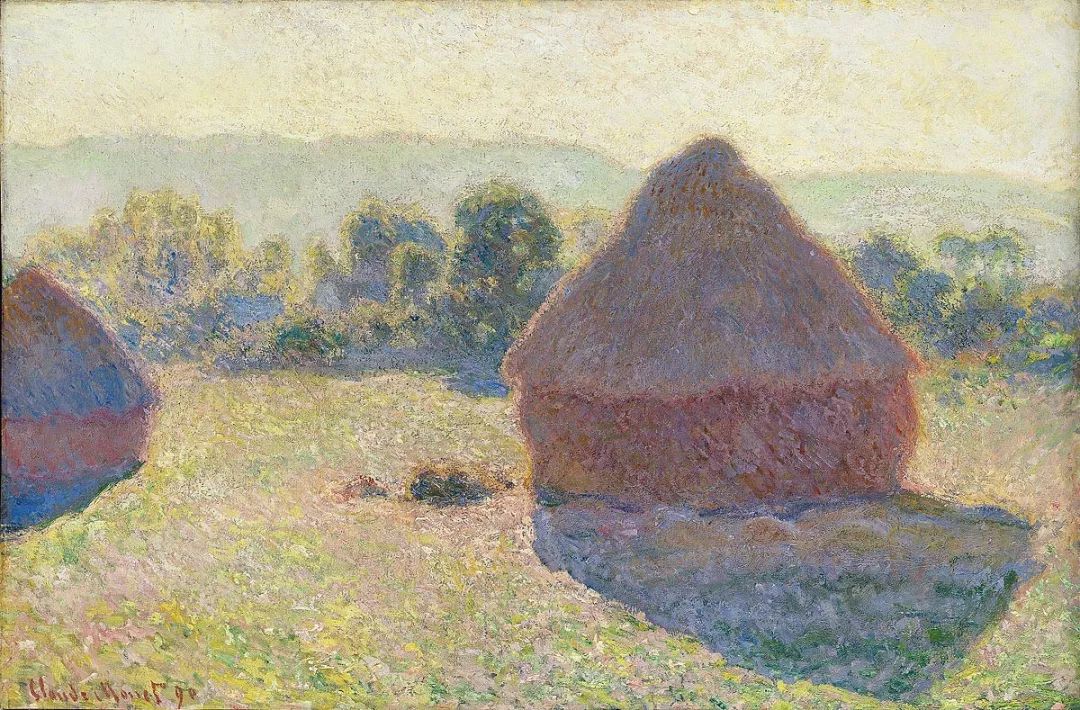
oil on canvas,65.6 x 100.6 cm,Purchased 1979,National Gallery of Australia
Intensive Reading
Followed with a Review of the Writing
By Shine
Initial translation by Haoran, Edited by Shine
Intensive reading followed with a review or reflection essay is one of the most fruitful ways to learn from reading. In this paper, I will talk about what the goals of intensive reading are, what intensive reading covers, what makes reading “intensive”, what we should pay attention to, and what really is the process of intensive reading.
I’d like to take the reading of an article in the Economist magazine as an example to guide you through the approach of intensive reading followed with a review of the writing.
Part 1 – Summary and response to the author’s argument
The first part of the review is to analyse the theme of the article and respond to the author’s argument with critical thinking. Outline the following:
1) The theme of the article
2) The major supporting points
3) Reflection: Do you agree or disagree with the article’s perspective? If not, what are the main reasons? List these reasons in dot points, which can be extended to a persuasive essay if you like.
Part 2 – Analysis on the logical structure and reasoning of the article
This section will focus on examining the logical structure and reasoning of the text.
How did the author support his/her view? For example, was there any macro or micro economic information as the supporting details? Did the author quote expert opinions? Did statistics play an important role? Did the author use comparison or benchmarking? Most importantly, how did the author’s points relate to each other? Did they all work in parallel or in adversative fashion? Or the argument strength enhances point by point?
Part 3 – Appreciation of the use of language
In reading these articles, you should strive to take a leaf out of the author’s book. Seeing proper use of language will develop an understanding of the positives and negatives in your composition. Write down sentences that are aesthetically pleasant, humorous and/or do a great job at explaining.
You should take note of the wide variety of sentence structure, (simple, compound and complex sentences) that convey the message and keep the reader engaged. Learn the methods of how well-balanced structures for compound and complex sentences are achieved by the author.
In addition, good writers use effective vocabulary. So please pay attention to the use of vocabulary and its modality. For example, a strong argument would need to have strong modality of words. Sometimes a word is able to produce great internal neurological representation or express a much nuanced concept or create sensible beauty that you can enjoy. In your future writing, try to incorporate these words or draw understanding regarding how you could achieve a similar effect with a tailored choice of words.
Notes should be also taken for the interesting use of language techniques and conventions such as suitable metaphors, personification etc.
The purpose is to learn as much as you can from an author’s writing for your own improvement in writing,debating or presentation. If an article is good enough to appear on a respectable magazine, it’s bound to have values we can take from it.
Part 4 – The three main goals of intensive reading
1) To spark critical thinking. During the intensive reading, you will analyse the author’s perspective and question whether or not it’s agreeable. If you don’t agree, what would be the counter arguments of your position?
2) To improve persuasiveness and expressiveness. The majority of articles in a magazine such as The Economist are written by talented authors. You can learn from their usage of language features and text structure to improve your own clarity, persuasiveness and/or aesthetics.
3) To broaden horizon of knowledge. The Economist magazine covers a vast range of topics in depth, carrying enough background information qualified for further discussions. Studying these texts enriches your knowledge by accumulating useful tidbits of information. Parents are able to help their children understand the background information, while encouraging students to conduct their own research.
In short, intensive reading will broaden your perspective and knowledge base from background information and further research, while provoking you to think critically – ultimately leading to better essay writing.
You don’t write the reflection or review essay just for the sake of it, but use notes to consolidate your learning.
Part 5 – Writing notes for one aspect at a time
A lot of time and effort is needed for intensive reading. Writing a review is no short process.
Each part needs substantial time to complete, so don’t bite off more than you can chew. Under time constraints, it is always better to focus the review on a single aspect and finish that before moving onto the next. Say you are doing intensive reading on an Economist article, you may decide to only focus on “text and logic structure”. When this is done, move on to evaluate the arguments and formulate your own opinion.
A different approach would be to focus on vocabulary. If you find an appropriate and inspiring word, then research the synonyms and antonyms, listing them before comparing each to determine the best places to be used. Furthermore, research how others have applied the word. See how they incorporate it into the structure of a sentence to make it more interesting to read. Starting from only a few words in the article, you can easily fill an entire sheet of paper with words, definitions and good examples of sentences. Effective learning is when you extend and expand from the learning itself.
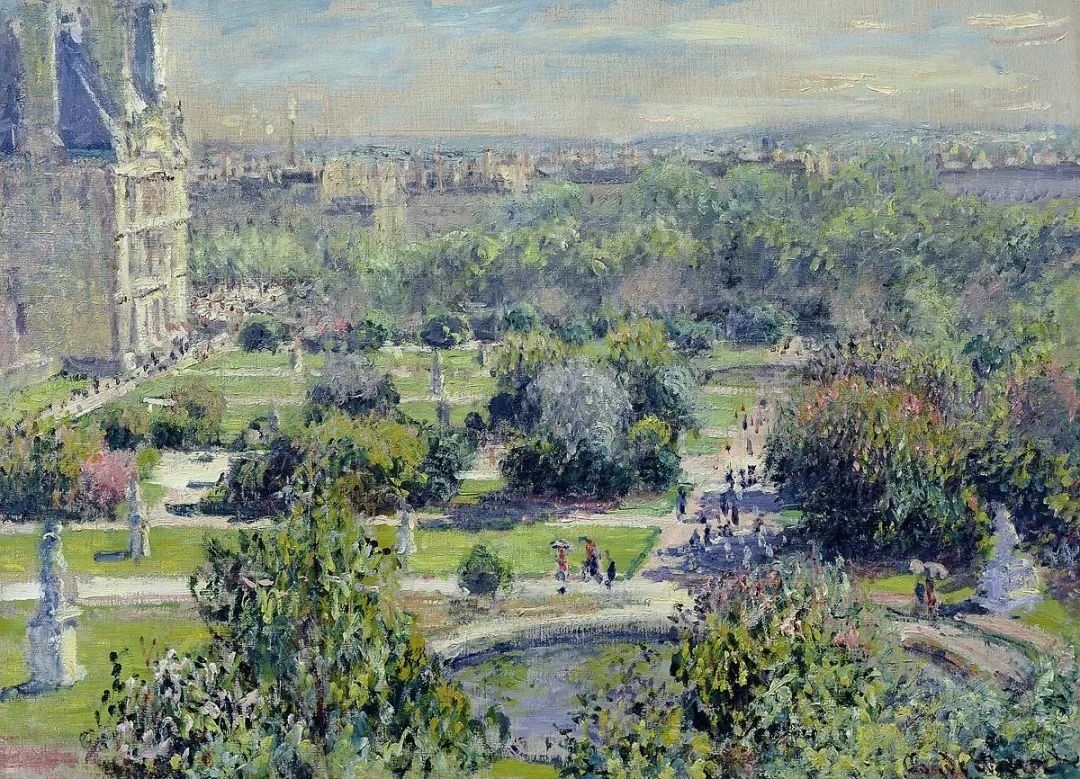
oil on canvas,54 x 73 cm Gift of Eugène and Victorine Donop de Monchy 1940, Musée Marmottan Monet, Paris
《如何精读》—如何写精读笔记 (中文原版)
By Shine
精读及做精读笔记是提高学习能力的好方法,但家长和孩子可能对于如何精读还不太了解。此文正是与大家分享以下内容:精读的目的是什么?如何精?精在哪里?需要关注什么事项?具体可以做哪些事情?
下面以经济学人社论为例分享一下如何通过精读并做笔记的方法进行学习和积累。
一、对原文内容的概要分析和思考
以一篇简要分析或读书笔记的形式来写精读笔记,其实就跟写一篇写议论文类似。
首先要回答的问题是这个社论的主旨是什么?由哪些论点获得支持的。以要点列出来。
然后对于这样的主旨,自己持什么态度?是否支持这个社论的观点,如果不支持,为什么? 以要点列出来。如果愿意展开论述,又可成为一篇议论文练笔的题材。
二、对原文结构的分析
第二部分可以针对文章本身的逻辑结构、思路进行探讨。
也就是作者通过什么方式去支持有关论点、展开阐述的?从宏观经济情况还是从微观角度?引用专家的言论?或者引用数据?或者做一些对比?观点之间是并列、顺承、转折的关系还是其他关系?如何串起来的?
三、对原文行文的赏析
我们说,饮美酒,当得其醇;读佳作,当思其魂。主旨和行文都是一篇好文的灵气和灵魂所在。在完成以上分析主旨和结构的步骤之后,接下来就是仔细品味文章的行文,审视自己能从人家的展示中里学到什么来帮助提高自己的写作。
比方说作者是否能以长短结构不同、富于变化的句式(简单句、从句、复杂句等)来到位地呈现其观点并实现引人入胜的效果?有没有令人击掌叫好的遣词造句手法?抑或有没有某个句子结构特别复杂、特别长,但句子的结构却平衡而漂亮,读起来很顺口?如果有,就详细分析以上句子欣赏借鉴。
优秀的写手总是词汇应用的大师。精读时也应重点留意词汇及其形式的使用。例如,强有力的论证需要强有力的语言形式。另外,有的句子里面可能有某个词的选择特别贴切且富有画面感。语言的美经常就体现在画面感的营造里。学习了以后就可以试着在自己的写作里面去应用这个词,实现类似的效果。
又或者是一些句子用了比较特别的比喻或者是其他值得借鉴的修辞手法,也可以去仔细体会。
以上是可做详细分析的内容举例。也就是说,从作者的遣词造句、流畅度、文采或者句子结构等方面,能够学到什么东西是可为自己以后写文章、辩论或做个人展示所用的。
四、精读学习的三个目的
写精读笔记,第一个基本目的是激发思辨力。也就是试着去剖析作者的逻辑和思路,然后自己是否接受和认可这个思路。如果不接受,自己又能以什么样的反辩去批驳原文作者。
第二个目的就是学习如何提高表达力。因为社论一般都是好写手的出品,那么学完这篇文章,对自己日常学习和生活当中的写作或者对自己的思考及辩论等能带来什么样的有益指导。
第三个目的是拓展视野和提升认知高度。比如经济学人社论一般都是有深度的论述,涉及不少背景知识,需要去做research才能读懂读透。家长可以提供相关辅导,给孩子讲解。同时也应鼓励孩子自己去做research进一步去了解清楚。
所以,一篇社论读下来,既通过深入了解更多背景或相关知识帮助自己知识面变广、认知能力加强,又有助于激发思考力,最后是要真真正正地学到怎样把文章写好,以及学到其他有益的东西。
写精读笔记不是为了写而写,而是落笔的过程就是对自己所学到的东西进行总结。
五、精读笔记的专注方向
所谓时时勤拂拭,勿使惹尘埃。精读需要花时间费精力去擦拭这个“明镜台”。
以上几个方面全部落实的确已经需要相当大的功夫。所谓贪多嚼不烂,所以在时间有压力的情况下,可以采取有侧重点的方法。每次只针对一个方面,比方某一篇《经济学人》的社论,可以只针对其论点的组织方式,就如何实现论述来进行有效分析。然后思考自己是否同作者的主旨,并阐述认可或不认可的原因。
也可以只针对社论里的几个绝妙单词,如果自己觉得它们用得很好,那么就进行拓展学习,去搜索学习这几个单词的同义词、近义词、反义词,然后对这些衍生词汇进行比较辨析,同时搜索学习那些应用了这几个单词及其各个衍生词的优秀例句。这样从几个单词出发,最终可能演变成一页A4纸甚至是两页A4纸的学习。所谓有效的学习,就是从学习本身不断引申和拓展出更多的学习。
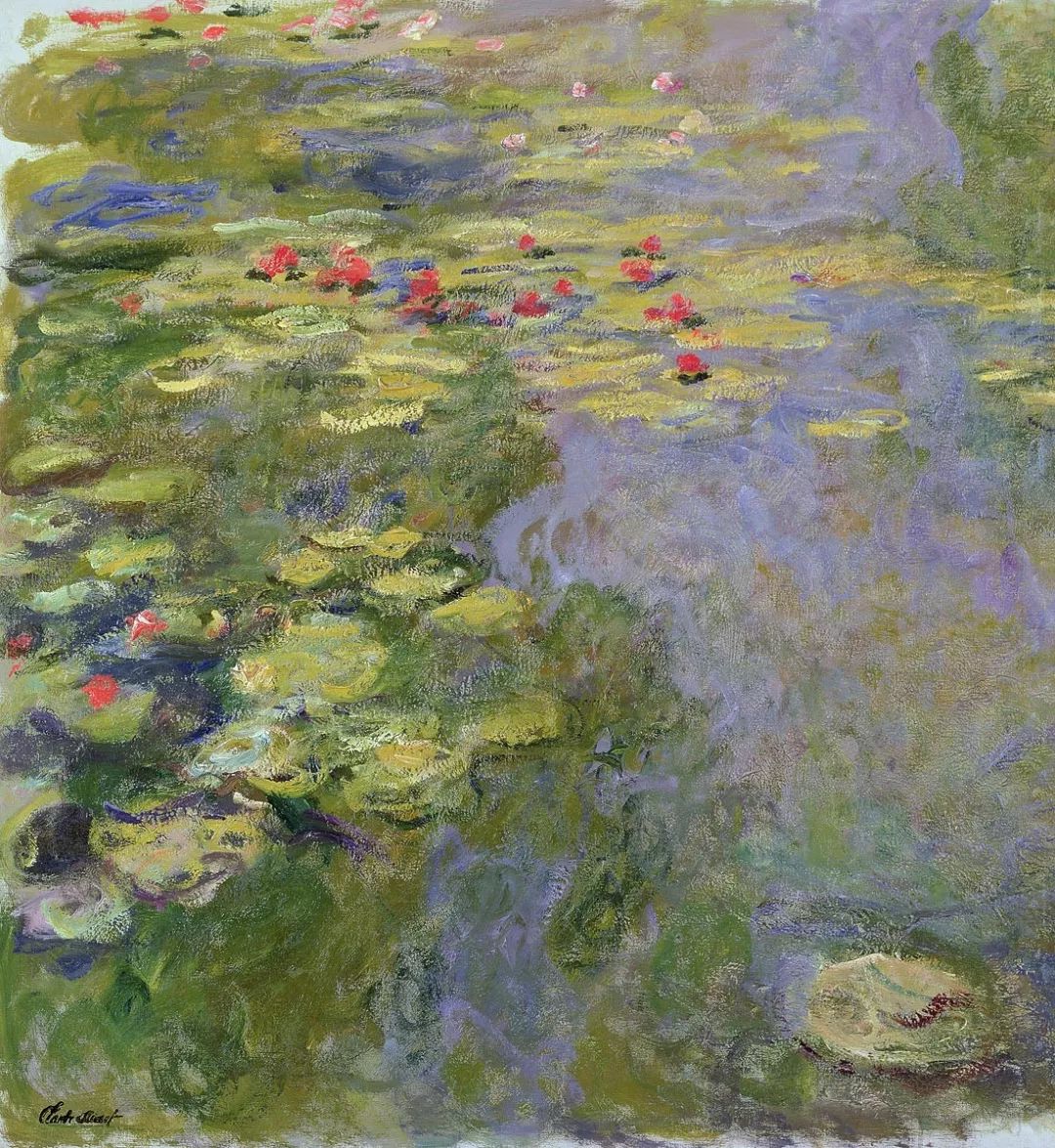
Claude Monet France 1840 – 1926,The waterlily pond [Le Bassin aux nymphéas] 1917-19,
oil on canvas,130 x 120 cm,Bequest of Michel Monet 1966, Musée Marmottan Monet, Paris
Intensive Reading and Note Taking
By Shine
Translated by Haoran
Many students and their parents are often perplexed by the question: what is the most effective way to study a text and make notes? Some parents decide to do intensive reading with their children, yet they can be equally as confused. What is the goal of intensive reading? How does reading become “intensive”? What makes intensive reading “intensive”? What do we need to pay attention to? And exactly how do we do intensive reading?
All roads lead to Rome, similarly, there are many ways to study, but it is vital for students to find methods which suit them the best. This is no easy task.
The following will be an introduction and extensive guide to how to use intensive reading and taking notes to effectively accumulate experience and vocabulary for studying. We will be using articles from The Economist magazine as examples.
Part 1 – General analysis and summary of the text
Taking notes for a text should summarise the main points of the article. It should not be dissimilar to planning an essay.
The first questions we should ask when taking notes are “what is the author’s intention for writing this article?””what points does the author raise to explain/argue for his opinion?” and “how does the author back up his points?”. List the answers down.
Next, think about what our opinion is on the matter of discussion. Do we agree or disagree with the article’s perspective? Why or why not? List our most important points in dot-point form. If we are willing, we can easily use this topic for essay writing-practice.
Part 2 – Analysis of the text’s structure
This section will focus on examining the logical structure of the text.
That is to say, we will be analysing how exactly the author supports his/her view. From what angle does the author “attack”? Does the author support his/her viewpoint from an individual standpoint or perhaps a global one? Does the author use the opinions of experts or try to prove his/her point with statistics? Most importantly, how do the author’s points relate to each other? Do they all work in parallel, or line up together to form a large overarching argument, or do points raised later in the article rebut the ones raised early on?
Part 3 – Appreciation of the use of language
When we read these articles, we should strive to take a leaf out of the author’s book. Seeing good use of language will help us understand what is good and what is bad in the future. We should write down sentences that we find to be aesthetically pleasing, humorous and/or do a great job at explaining.
We should also take note of good sentence structures. Some sentences may not stand out too much because they don’t have anything special to catch our attention, but perhaps express something in a way which isn’t jarring and would ruin the experience of reading if it were phrased differently.
Sometimes we may find some words which are very aesthetically pleasing, perhaps it expresses a very nuanced concept ina single word. In the future, we can try to incorporate these words in our sentences to achieve a similar effect.
We can also note down the interesting ways some sentences use language conventions. Interesting metaphors, personification etc.
The purpose of this is to accumulate vocabulary that we can use in our own texts to achieve greater effects. If an article is good enough to appear on a respectable magazine, it’s bound to have things we can borrow from it.
Part 4 – The three main goals of intensive reading
The first main goal of intensive reading is to provoke us to think. When we do intensive reading, we think about the author’s perspective and question whether or not we agree with it. If we don’t agree, we then think about what counter arguments we could raise to for our own perspective.
The second goal is to improve our ability to express our thoughts. The majority of articles in a magazine such as The Economist are written by talented authors. We can learn from their usage of language features and text structureto improve our own texts’ clarity, persuasiveness and/or aesthetics.
The third goal is to broaden our perspective. The Economist magazine discusses a vast range of topics, and the topics also have enough background information such that they are worthy to be topics themselves. Studying these texts broadens our knowledge by accumulating many bits of information. Parents should help their children understand the background information, but it is also great for students to do their own research.
So basically, intensive reading will broaden our perspective and knowledge base by presenting us with a lot of background information, while at the same time provoking us to think about real world problems for ourselves and lastly teaches us tips and tricks to writing essays.
We don’t take notes for intensive reading just for the sake of it, it is a culmination of all the things we learn from the article.
Part 5 – Taking notes for one aspect at a time
A lot of time and effort needs to be put into intensive reading. Taking notes is no short process.
Each of the above parts needs a lot of time to complete, so don’t bite off more than we can chew. Under time constraints, it is always better to focus our notes on a single part and finish that before we move on to the next. Say we are using intensive reading on an Economist article, we can decide to only focus on text and logic structure. When we are done with that, we move on to evaluate the arguments and formulating our own opinion.
A different approach would be to focuson vocabulary. If we find the words very fascinating, we could research its synonyms and antonyms, listing them all down and comparing them to determine the best times to use each. We can also research how others have used the word and what beautiful sentences they made which incorporate it. Starting from only a couple words from the article, we could easily fill and entire sheet of paper with words, definitions and example sentences.
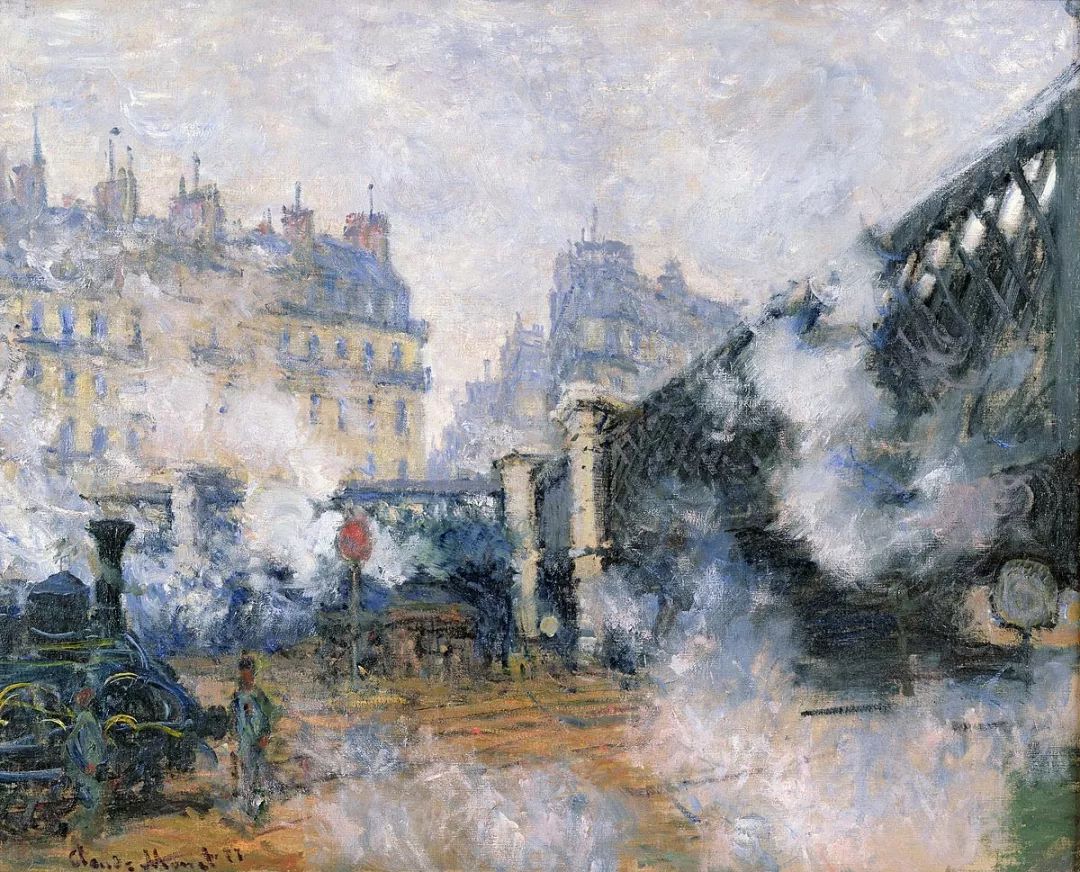
Claude Monet France 1840 – 1926,The Pont de l’Europe. Saint‑Lazare Station [Le Pont de l’Europe. Gare Saint‑Lazare] 1877
oil on canvas, 65 x 81 cm,Gift of Eugène and Victorine Donop de Monchy 1940, Musée Marmottan Monet, Paris

本篇文章来源于微信公众号: 腔调阿朱




